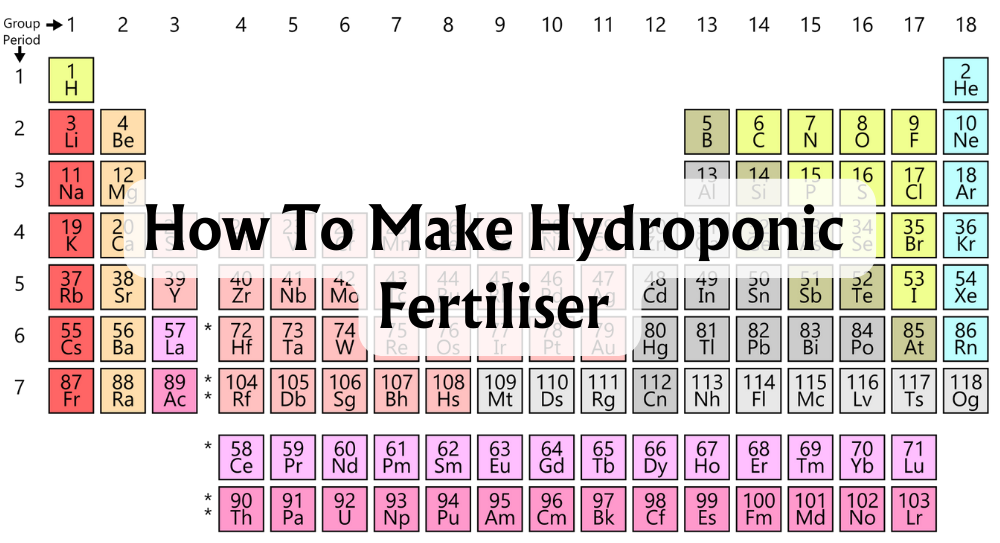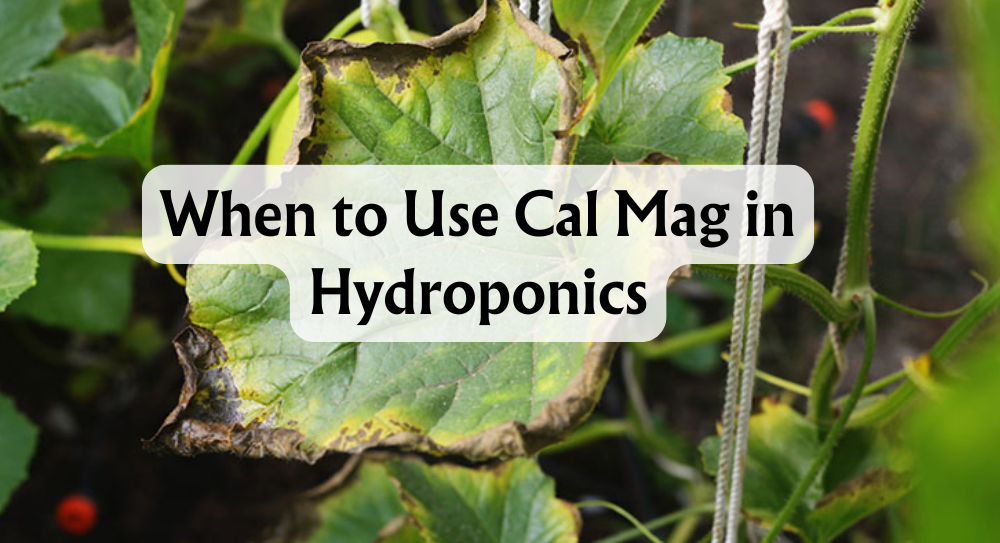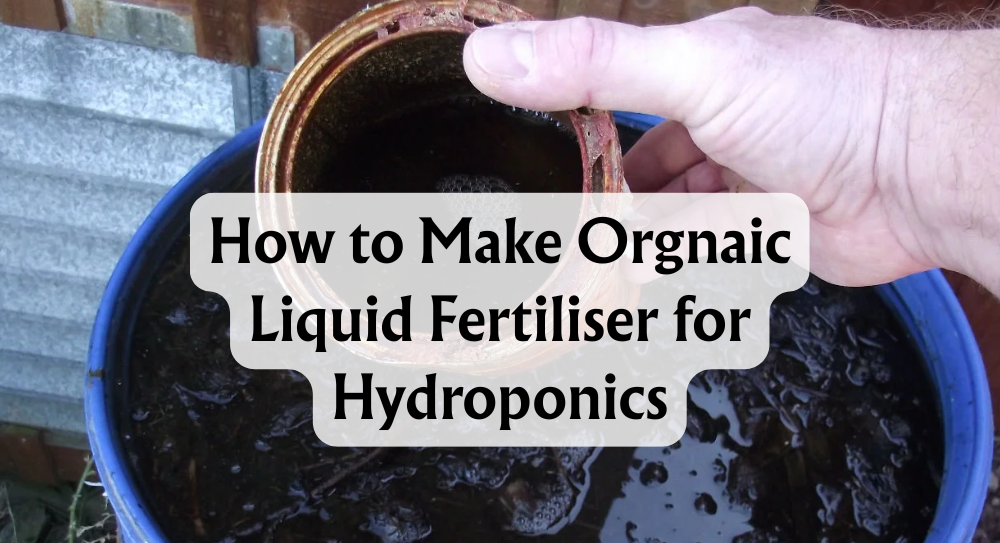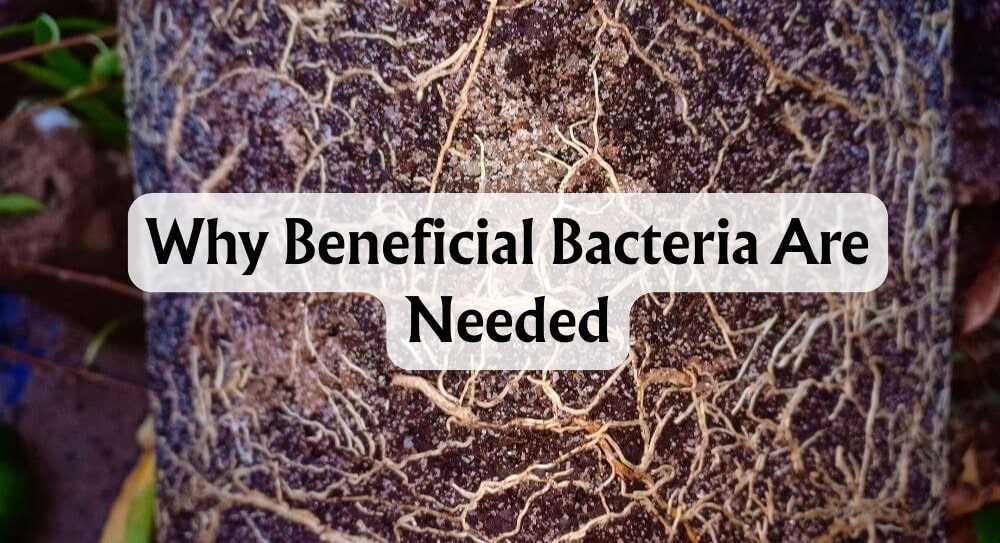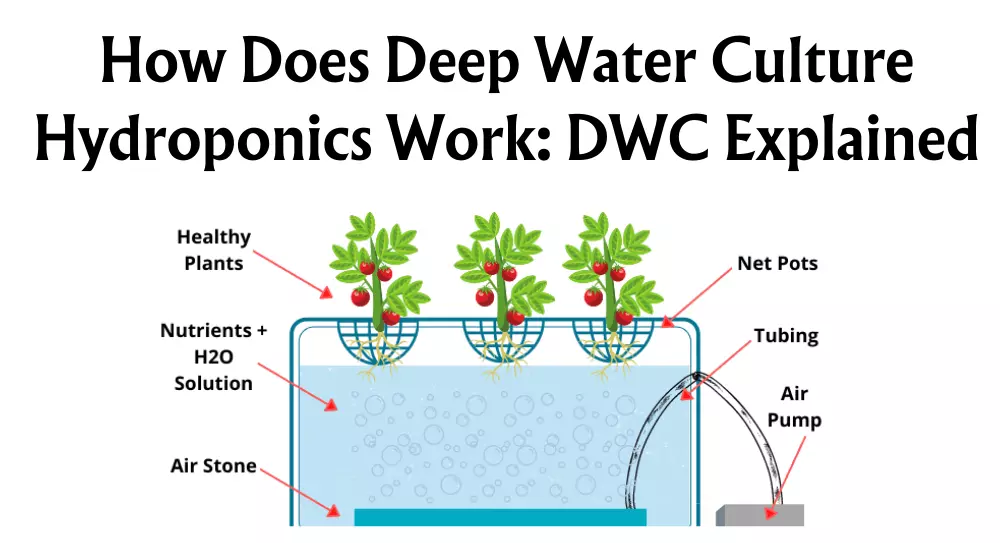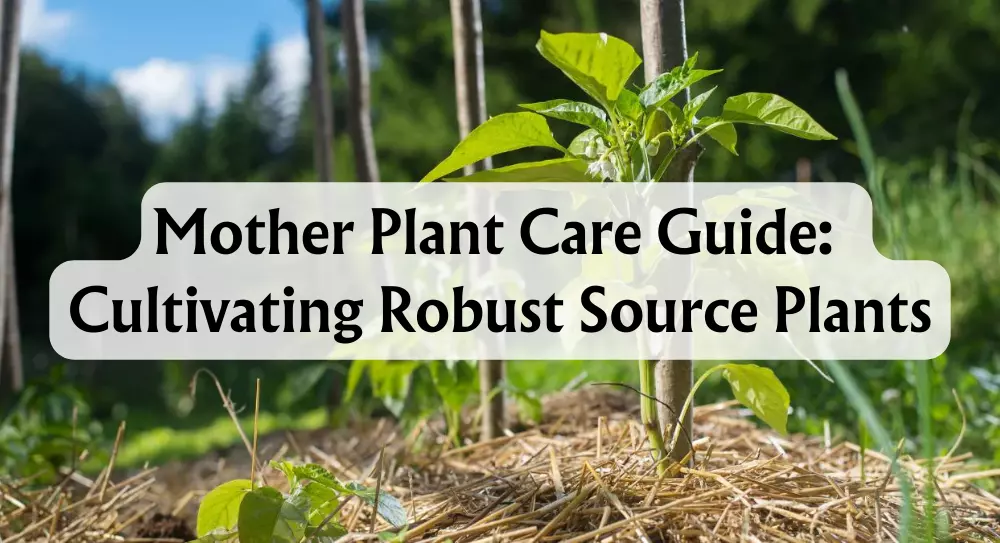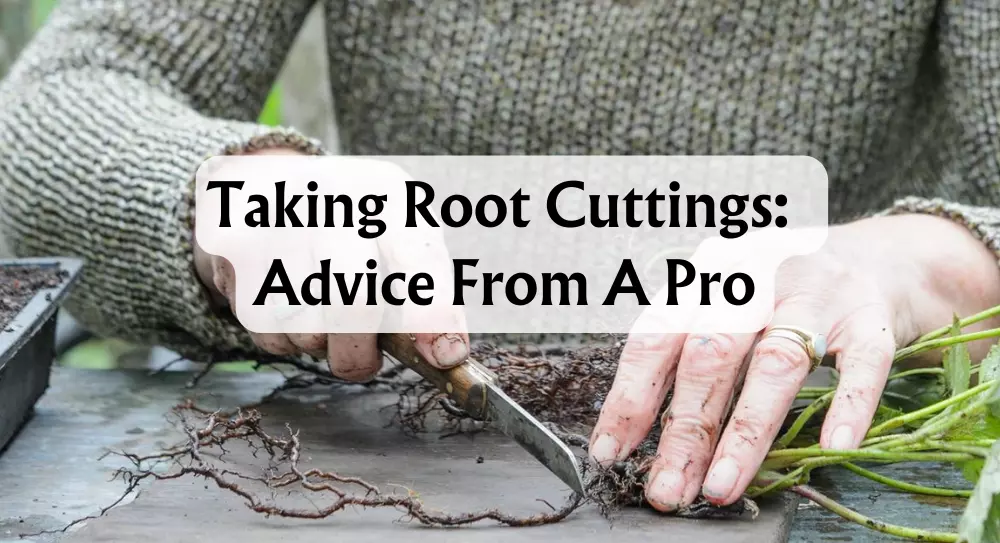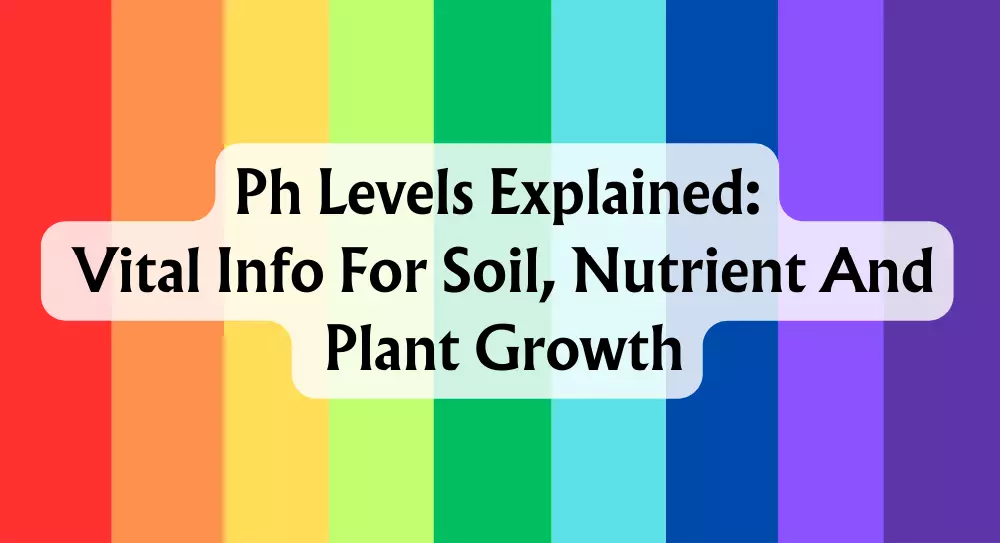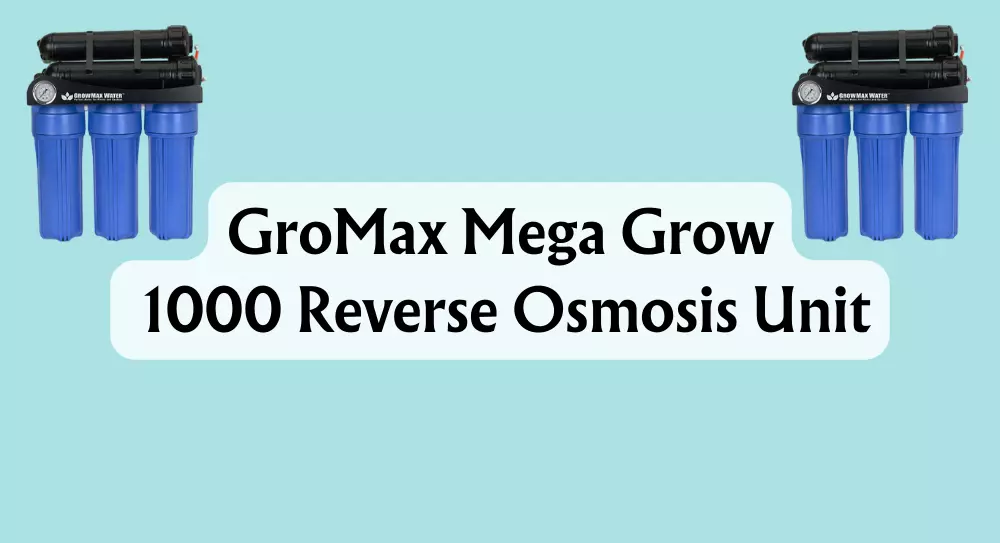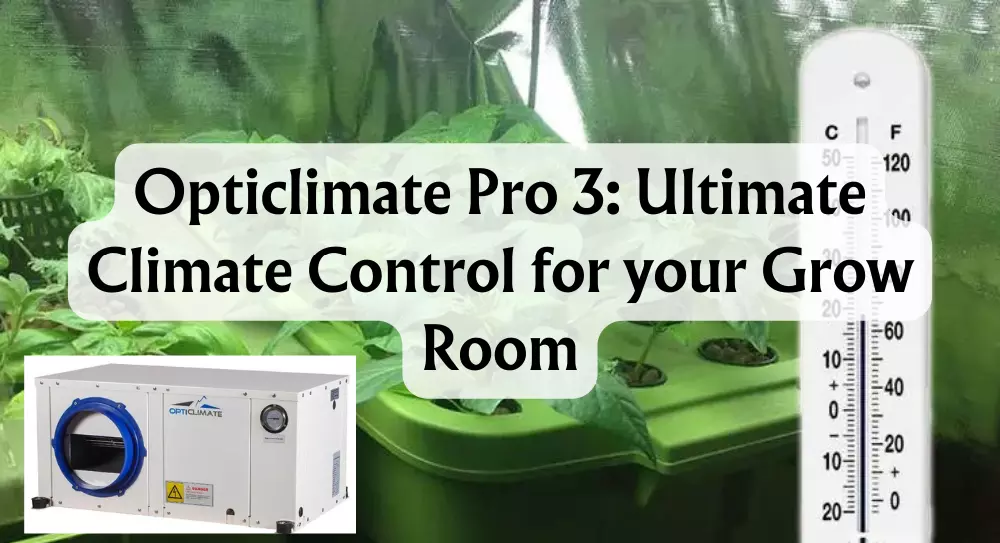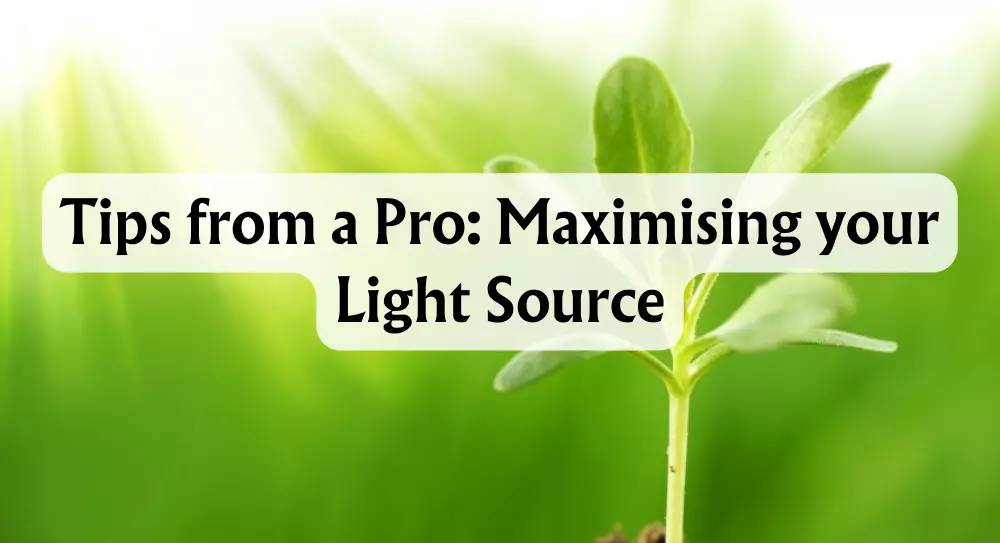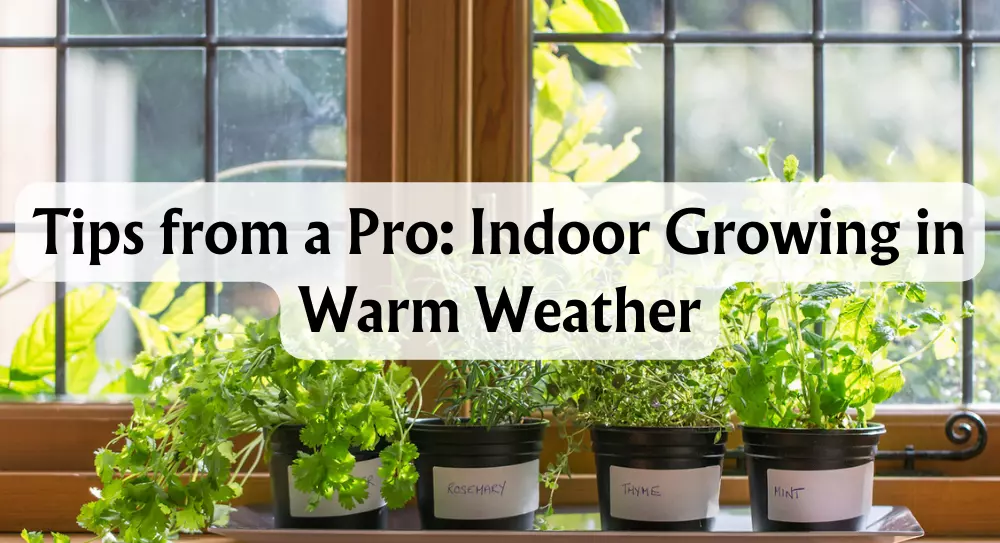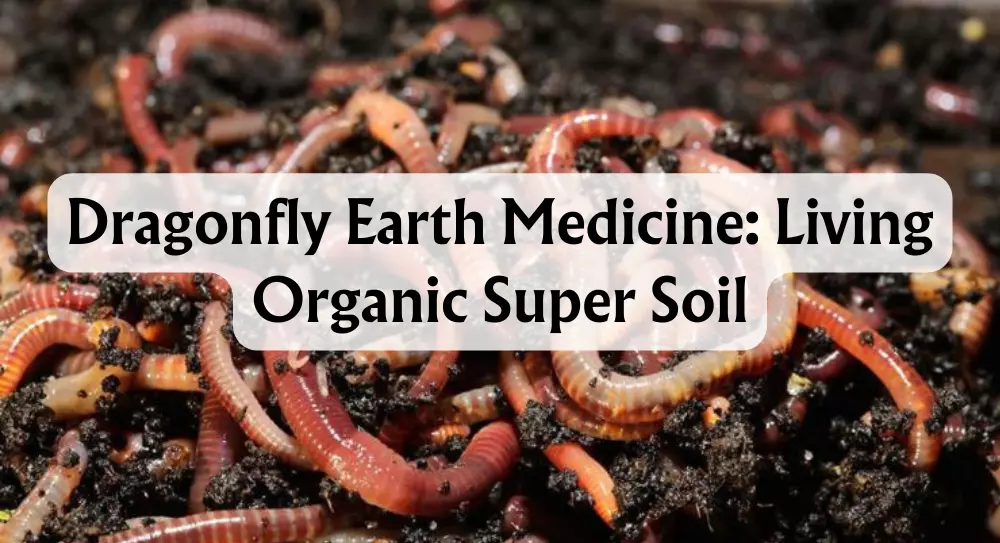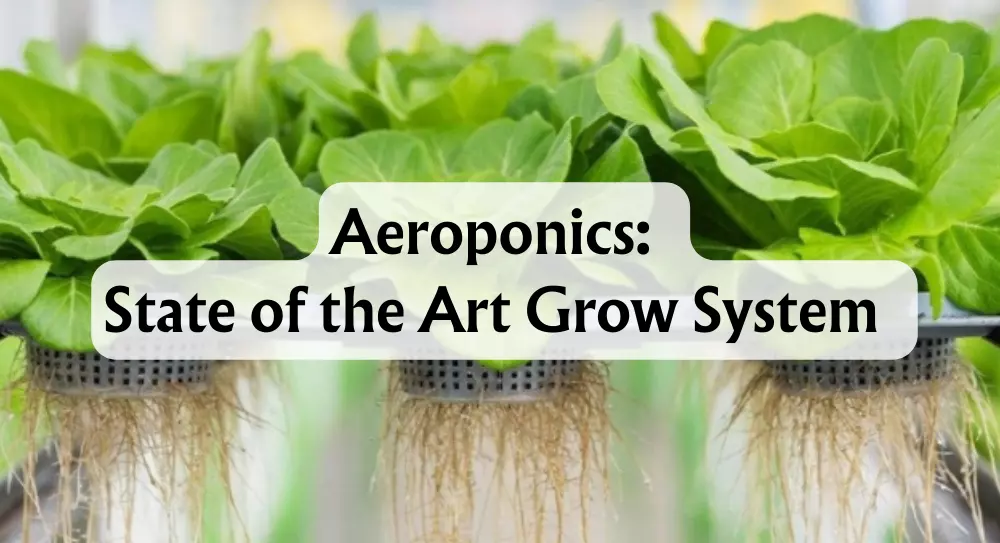How To Make Hydroponic Nutrient Solution
Hydroponic gardening has swiftly ascended as a revolutionary way to grow plants without the need for soil. In this soil-less cultivation, we rely on a water-based nutrient solution to deliver all the essential nutrients that plants would typically draw from the soil.
One of the standout benefits of hydroponics that has garnered immense popularity among gardening enthusiasts is its remarkable water efficiency. It demands considerably less space and water than traditional gardening while still potentially heightening both the yield and quality of the produce. By undertaking the creation of hydroponic nutrient solutions at home, we can save time and capitalise on the affordability and accessibility of raw ingredients.
We will guide you through crafting your own nutrient blend, perfecting the balance of elements vital for plant nourishment, and ensuring optimal application and dosing. Accompanied by actionable advice, this article will empower your hydroponic endeavours and answer prevalent questions, ensuring your venture into water-based cultivation is as fruitful as possible.
Key Takeaways
- Hydroponics facilitates soil-less plant growth using water-efficient nutrient solutions
- The method enhances plant yield and quality while conserving space and water
- Making a hydroponic nutrient solution at home is both cost-effective and customisable
Exploring Hydroponic Nutrient Solutions
In this section, we'll shed light on what makes hydroponic nutrient solutions the lifeblood of soilless gardening. We'll also guide you through choosing the best mix for your setup and break down the essential components you'll need to whip up a top-notch solution for your green amigos.
What Is Hydroponic Nutrient Solution
Hydroponic nutrient solution is a specially formulated water-based solution brimming with essential nutrients required by plants to flourish in a hydroponic system. It's not just any old water; it's a concoction with a specific pH, electrical conductivity, and precise nutrient concentration crafted to meet your plants' demands. Without this, our plant pals would be like a fish out of water!
You'll find various types of nutrient solutions like liquid concentrates, powders, or even organic options. Each comes with its benefits and trade-offs. Liquid nutrients are a breeze to mix in, while powders can be more cost-effective. Organic solutions boast benefits for the environment and can improve the taste of your produce!
Identifying the Best Mix for Your Solution
There isn't a universal "best mix" for a hydroponic nutrient solution as different crops have varying nutrient needs. To determine which mix suits your leafy friends best, consider the plant type and growth stage, the design and capacity of your hydroponic system, water quality, and environmental factors.
For instance, leafy greens like lettuce might enjoy slightly different ratios compared to fruiting plants such as tomatoes or succulent strawberries. It's always wise to have your pH and EC meters ready — tweaking your nutrient solution is an art as much as it is a science, and regular testing will ensure your plants stay happy and healthy!
Vital Components of a Hydroponic Solution
A well-balanced hydroponic nutrient solution comprises two groups of nutrients: macronutrients and micronutrients. Both are indispensable for plant growth, like the cast and crew of a blockbuster movie.
Macronutrients:
- Nitrogen (N): For lush, leafy growth
- Phosphorus (P): Root and flower development
- Potassium (K): Overall health and disease resistance
- Calcium (Ca): Cell wall strength and growth
- Magnesium (Mg): Chlorophyll production for photosynthesis
- Sulphur (S): Vital for protein formation
Micronutrients:
- Iron (Fe): Essential for chlorophyll synthesis
- Manganese (Mn): Aids in enzyme systems
- Zinc (Zn): Growth hormone production and enzyme activation
- Copper (Cu): Photosynthesis and respiration
- Boron (B): Cell wall formation and xylem loading
- Molybdenum (Mo): Nitrogen uptake
You can source these nutrients from various minerals and commercial products, each with its upsides and downsides. Mineral salts can provide precision, while organic salts add a sustainability charm, though they may be less controlled in their nutrient release. It's all about finding nutrients in the correct dosage for your green sanctuary.
DIY Hydroponic Solution Recipes
Creating your own hydroponic nutrient solutions is a rewarding way to cater to your plants' specific needs. With exact ingredients and measurements, we can develop tailored nutrient blends that encourage healthy plant growth.
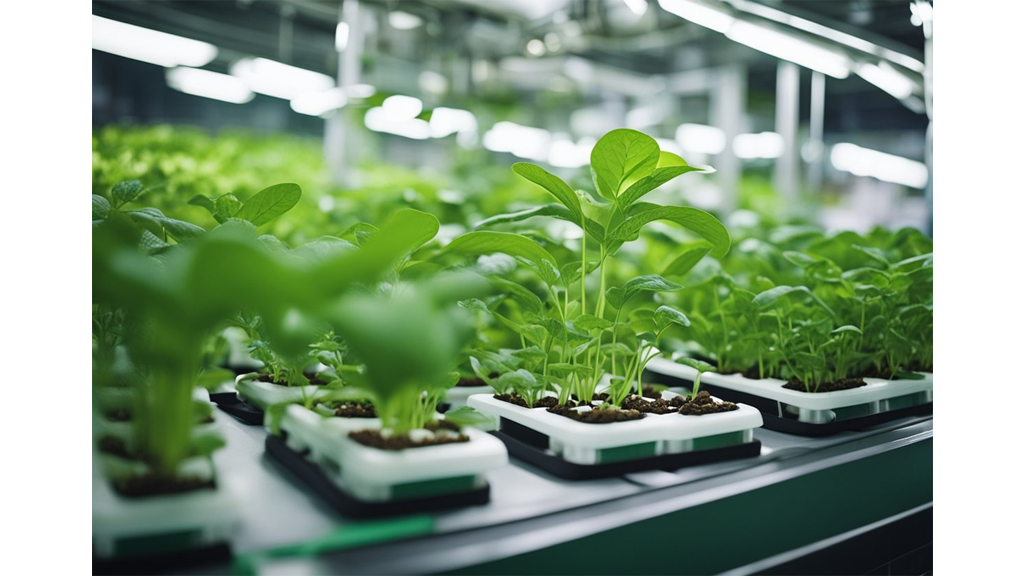
Make Hydroponic Solution at Home
For our green-thumbed friends keen on mixing up their nutrient-rich water, a standard DIY hydroponic nutrient solution does the trick. Remember, precision is key to avoid plant distress.
Ingredients:
- 1 gallon of water
- 2 teaspoons of calcium nitrate
- 2 teaspoons of potassium nitrate
- 1 teaspoon of magnesium sulphate (Epsom salts)
- 1 teaspoon of monopotassium phosphate
- 1 teaspoon of micronutrient mix (iron, zinc, manganese, copper, boron, molybdenum)
Instructions:
- Start with clean or filtered water to prevent unwanted elements from affecting the mixture.
- Gradually add the mineral salts, ensuring each is fully dissolved before adding the next.
- After mixing, store the solution in a cool, dark place to maintain its integrity.
- Label your homemade nutrient solution with the date and contents for future reference.
In practice, aim to keep the pH and EC (electrical conductivity) levels of your mixture within an ideal range for most plants. The pH should be adjusted for maximum nutrient availability, typically between 5.5 and 6.5.
Tailored Recipes for House Plants
But what about our house plants that have unique appetites? Orchids, succulents, and ferns may flourish with a custom touch to our standard recipe.
Here's how we can modify it:
- Reduce the concentration: House plants generally thrive with more dilute solutions. Consider halving the amount of each nutrient salt.
- Adjust the pH: Some houseplants prefer a slightly different pH. Orchids, for example, enjoy a pH closer to 5.5, so monitor and tweak as required.
- Add organic matter: For plants that like a little extra organic touch, adding a bit of worm-casting tea could do wonders.
For those specific plants, like our orchids preferring high nitrogen levels, or succulents that need lower nitrogen and higher potassium, adjust your mix accordingly. You might use a formula like:
- For Orchids: Increase calcium nitrate by half a teaspoon.
- For Succulents: Add an extra quarter teaspoon of potassium nitrate and reduce calcium nitrate by a quarter teaspoon.
Stay on top of your plant's health by observing their response to the nutrient mix and subtly tweak the formula as needed. Your plants will thank you with robust growth and vibrant displays.
Application and Dosage of Nutrient Solutions
Crafting the ideal hydroponic nutrient solution is vital for the success of our plants, and getting the dosage right is a key part of that process. But hey, don't sweat it, we're here to guide you through it.
First things first, pH Level. The sweet spot for most hydroponic crops is between 5.5 and 6.5. Too high or too low, and our plants might struggle to take in nutrients effectively. So, we've got to keep tabs on it, ensuring it's just right.
Now, when we talk about EC level (Electrical Conductivity), we're delving into how much oomph our nutrient solution has. It's a telltale sign of the nutrient concentration. We typically measure it in parts per million (ppm). Here's a cheeky analogy: think of ppm like seasoning your food – not enough and it's bland, too much and it's overwhelming.
What about diluting our nutrient mix? Well, less is sometimes more. It's all about balance, ensuring the concentration isn't too strong for our delicate plants. We should start with lower concentrations, especially for young plants, and then rev it up as they grow.
Keeping an eye on our reservoir is crucial, too. Regularly checking the nutrient mix and the water level ensures that our plants have consistent access to the good stuff.
| Hydroponic System | Suggested Dosage (ppm) |
|---|---|
| Deep Water Culture | 500-800 |
| Ebb and Flow | 600-1000 |
| Drip System | 800-1200 |
| Aeroponic | 500-800 |
We've got to tailor our approach based on what we're growing, the system we're using, and even the mood swings of the weather.
And remember, if we're ever in doubt, there's no harm in sticking to the manufacturer’s guidelines, it's there for a reason, right? Monitoring our plants' vibe (i.e., growth and health) helps us tweak the dosage to their liking. To make our lives easier, we can hook up a timer, a pump, or even get fancy with a drip system to ensure our plants are watered consistently without us lifting a finger.
Remember, folks, while we want our plants to thrive, overdosing them on nutrients is a no-go. It's the equivalent of overfeeding a pet – not cool! Keep it balanced, and our green friends will be eternally grateful.
Monitoring and Adjusting Nutrient Solutions
In hydroponic gardening, keeping a keen eye on nutrient solutions is crucial for plant health. Let's make sure we’ve got our pH levels and electrical conductivity (EC) in check!
Maintaining Proper pH Levels
Did you know that most plants in our hydroponic system prefer a slightly acidic environment? Ideal pH levels usually range between 5.5 and 6.5. A pH level outside of this range can prevent our plants from absorbing nutrients effectively which can lead to nutrient deficiencies or toxicities. Here's how we stay on track:
- Test the pH: Use a pH meter to check our nutrient solution’s pH level regularly.
- Adjust if necessary: If our solution is too acidic, we add pH up. If it’s too alkaline, we add pH down. Remember, adding these pH buffers gradually is key.
- Re-test and repeat: After adjustments, we let the solution settle before testing again.
EC and Nutrient Concentration
Electrical conductivity is all about the salt content in our solution, which correlates with nutrient concentration. High EC means high nutrient levels and vice versa. We must ensure our plants get just the right amount of nutrients they crave:
- Measure EC: We use an EC meter to determine the nutrient concentration. Each plant has its own sweet spot, but a general target EC range is between 1.2 and 2.0 mS/cm for most hydroponic vegetables.
- Adjust the EC: To decrease EC levels, we add more water. To increase, we add more nutrients—but never go overboard! It's a bit like Goldilocks; we need it to be just right.
- Consistency matters: Regular checks and consistency in EC levels will keep our plants thriving.
Remember, maintaining a balance is vital. Too much or too little of either pH adjustment or nutrient concentration can tip our hydroponic garden out of harmony. A little attention goes a long way in ensuring our hydroponically grown plants are healthy and productive!
Essential Elemental Additions
Did you know that plants are like gourmet chefs? They need a wide array of elements to craft the perfect meal for themselves—well, in this case, to grow. Let's roll up our sleeves and mix the ultimate hydroponics solution cocktail, shall we?
When crafting a hydroponics solution, we include macronutrients like nitrogen (often from calcium nitrate and potassium nitrate), phosphorus, and potassium. These big players are crucial, but our plants also crave a plethora of other essential elements to prevent nutrient deficiencies.
Table: Essential Elements in Hydroponics Solutions
| Element | Common Sources |
|---|---|
| Nitrogen | Calcium nitrate, Potassium nitrate |
| Phosphorus | Phosphoric acid |
| Potassium | Potassium sulfate, Potassium nitrate |
| Calcium | Calcium nitrate |
| Magnesium | Magnesium sulfate (Epsom salts) |
| Sulfur | Magnesium sulfate, Potassium sulfate |
| Iron | Chelated iron |
| Nickel | Nickel sulfate (in trace amounts) |
Don't forget magnesium sulfate, commonly known as Epsom salts; it's the secret ingredient that prevents those pesky yellow leaves, hinting at magnesium deficiency.
Ammonium isn't typically the star of the show, but like a good backup singer, it's valued in small doses. However, too much can lead to trouble, so let's not invite trouble to our party, okay?
Iron is the strongman of our elemental ensemble. It’s like the spinach to our plants' Popeye, essential for electron transport in photosynthesis. Without it, our plants would just not thrive.
And what about nickel, you ask? It's the quiet one in the corner—only needed in trace amounts—but absolutely essential for certain enzymes to function. So, we can't forget to tip our hats to nickel.
Now, we're equipped with the key elements our plants are whispering (okay, maybe silently screaming) for. Just remember, balance is everything. Much like baking a cake, the right proportions will make our hydroponics garden flourish. Cheers to happy, healthy plants!
Environmental Factors Affecting Nutrient Formula
It turns out, the nutrient solution plants bathe in is like their personal buffet of tasty treats. But, just like how we don't fancy ice cream in a snowstorm, our green friends need their nutrients delivered in just the right environmental conditions.
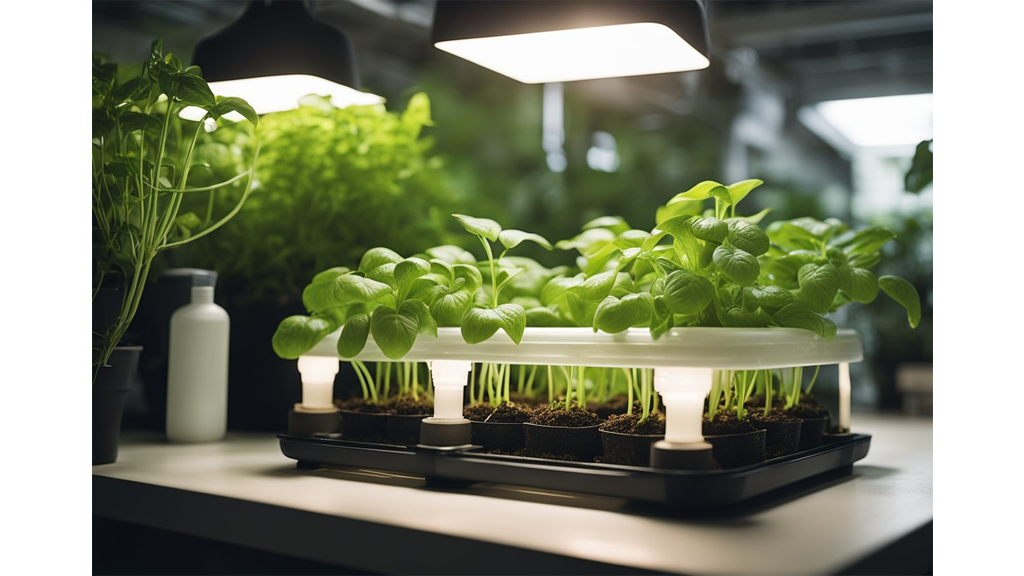
Let's chat about temperature, for starters. Our nutrient solution needs to be the Goldilocks of temperatures—not too hot, not too cold. That sweet spot typically lies between 18-22°C. If it gets too chilly, our plants might catch a cold—in the form of stunted growth. On the flip side, if it's like a sauna, oxygen levels drop, and root rot could crash the party—truly a party pooper, that one.
Speaking of our life's breath, oxygen levels in the solution are vital. The roots use oxygen to respire, which makes for healthy growth. A well-oxygenated solution assists in the prevention of diseases and promotes vigorous growth of leaves, fruit, and vegetables.
Feeling the seasons? Whether it's the blush of spring or the chill of winter, weather and season fluctuations can be a game of cat and mouse with our nutrient mix. Longer daylight in summer means plants might sip more, necessitating frequent nutrient top-ups.
Here's the breakdown:
- Temperature: Keep it 18-22°C
- Oxygen: More is merry for the roots
- Weather/Season: Summer sizzlers may slurp more nutrients
Remember, as the seasons change or the sun plays hide and seek, our green protegés' needs can change as well. It's up to us to tweak the nutrient solution accordingly, ensuring our plants stay as perky as a fresh salad! Keep an eye out, stay on your toes, and here's to thriving veggies and lush leaves all year round!
Conclusion
Crafting your own hydroponic nutrient solution is a rewarding endeavour. We've found that by combining essential macro and micronutrients, you can create a tailored solution that caters to the specific needs of your plants. From the key ingredients to the meticulous process of stirring and pH level adjustments, we've covered the gamut of making a bespoke nutrient mix.
The advantages of producing homemade nutrient solutions for your hydroponic system are multifaceted. Not only does this allow for a cost-effective approach, but it also offers the pleasure of customising your blend. Through your dedication, you become a craftsperson of plant growth, concocting the perfect nutritional cocktail for your leafy charges.
Here's a recap of what we've discussed:
- Essential Components: A balance of nitrogen, potassium, phosphorus, and other minerals underpin a healthy hydroponic solution.
- DIY Recipes: Simple instructions enable you to mix your own solutions, using reverse osmosis water to avoid unwanted reactions.
- Application: Vigorous agitation or a circulation pump ensures nutrients remain suspended for optimal uptake by plants.
- Optimisation: Regularly check and adjust the pH of your nutrient solutions to maintain a range typically between 5.5 and 6.5 for most crops.
Remember, there's no one-size-fits-all solution in hydroponics. It's about finding what works best for you and your plants. Save money, exercise creativity, and maybe even have a bit of fun along the way. After all, who doesn't enjoy a bit of plant alchemy?







 Store Locator
Store Locator
